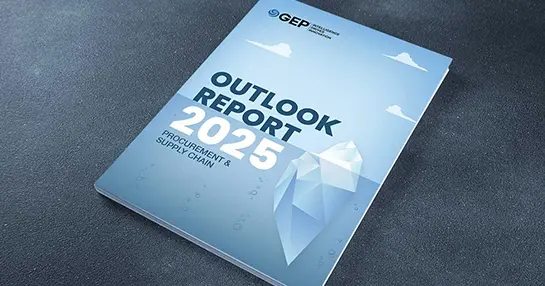When it comes to optimizing inventory, the questions are many: What is the right level of inventory? At what point in the supply chain do we keep inventory? How do we know what is optimal? Are we prepared for seasonal shifts and “black swan” or unforeseen events?
Enterprises that follow a conventional single-stage, single-item inventory optimization model that looks at each SKU and stock location will be out of step — and perhaps out of stock — in a global, interconnected business landscape. The result: frequent stockouts, overstock, unhappy customers and blocked working capital.
Key Benefits of MEIO
Multi-Echelon Inventory Optimization (MEIO) can help:
- Align inventory with demand and improve inventory turns
- Reduce unnecessary storage and handling requirements
- Increase sales by eliminating stock-outs
- Eliminate excess and obsolete inventory
- Improve customer service levels
- Reduce the need to expedite production and transportation

GEP’s Supply Chain Inventory Management Solutions
Our Approach
GEP uses a multi-echelon approach toward inventory management to enable today’s global, interconnected business operations to optimize inventory levels and improve supply efficiency.
Our comprehensive inventory management services encompass:
- Inventory segmentation
- Inventory planning
- Replenishment services
- Material optimization (daily, weekly, monthly)
- Finished goods, raw material, work-in-progress, and maintenance, repair, and operation inventory planning
- Kanban/two bucket system implementation
- Just-in-time implementation
- Inventory cost accounting
- Warehouse operations optimization
What To Expect
- Multi-echelon inventory optimization (MEIO)
- Cost-effective postponement strategies
- SKU rationalization
- Master data management
- Optimization of all inventory components, including cycle stock, safety stock, raw material, work-in-process and finished goods
- Strategic use of Vendor Managed Inventory (VMI)
- Enhanced supplier intelligence for precise inventory planning and management and zero out-of-stock situations
- Demand forecasting and planning
- Development of Just-in-Time (JIT) strategies
What You Gain
- Greater end-to-end supply chain visibility
- Increased proactivity
- Faster time to respond to disruptions
- Less capital tied up in inventory
- Improved service levels
- Decreased Cost of Goods Sold (COGS)




















